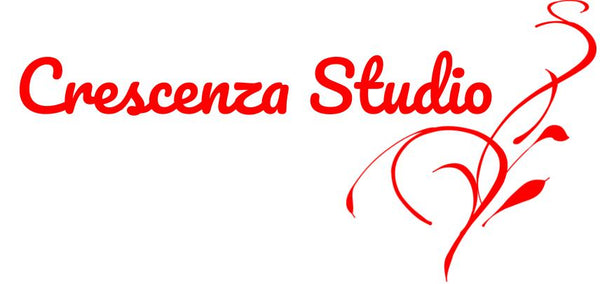My Store
Windows to the World, 9th-12th, 2025-2026
Windows to the World, 9th-12th, 2025-2026
Couldn't load pickup availability
Windows to the World (grades 9-12 or equivalent, previous IEW experience helpful, but not required)
Limited seats available.
Times and dates subject to change if you purchase this class before April 1st, 2025.
Thursdays @ 9:00-10:25am CST
1st semester: 9/4-12/11 (no classes on 10/2, 10/9, or 11/27)
2nd semester: 1/8-3/26
After purchasing this class, you will receive downloadable instructions via email.
There is an optional class (Teaching the Classics) that corresponds to Windows to the World. It runs for five weeks over the summer. If we are offering it this year, you can click here to find out more about it.
Required materials:
All students must own a copy of the student packet for this course. You may purchase it from IEW by clicking here.
This class is for high schoolers (previous IEW classes suggested but not required), but it will also be appropriate for middle-schoolers who have completed SSS2B as long as they read at an 8th- or 9th-grade level. There will be a lot of reading in this class. There is a great review over on Cathy Duffy's website, so be sure to check it out!
Amy Bell is a registered IEW instructor, and she will grade each assignment submitted via Google Classroom. She will make suggestions and leave comments to help students understand anything they are struggling with. In addition, she is available for private instruction if comments and linked videos fail to aid the student's understanding.
To make sure our teaching philosophy aligns with yours, please review the following articles before signing up for classes: Letter to Parents, Our Teaching Philosophy, The 4 Deadly Errors of Teaching Writing.
Online classes meet via Zoom.
No refunds unless the class is canceled. If a student is unable to complete the class for some reason, they will still have access to the videos. :)
IMPORTANT NOTE from the teacher: This course contains distinctly Christian content. While reading classical texts, students will be expected to be on the lookout for allusions made to history, mythology, and the Bible. Students will be responsible for completing a Biblical Allusions Project after discovering many biblical allusions throughout classical literature over the course of the school year. An example of biblical allusion would be an author mentioning “the writing on the wall” to imply that something undesirable is about to happen. Since the idiom originated in the Bible, students will classify it as a biblical allusion. While the author of the student textbook (Lesha Myers) is overtly Christian, there will be no teacher-led discussions about religion during the course of the class, except to point out that different religions exist, and therefore, different perspectives exist. If students engage each other in discussion about Biblical allusions, themes, or point-of-view, I will try not to give my opinion, other than to say what I think the author might have been thinking while writing the literature. Even if I do accidentally give my opinion, I am constantly telling my students to talk to their own parents about anything questionable that may have come up during class. All classes are recorded, and all parents are free to view them and discuss them with their children. If the discussion veers away from the topics of literature or worldview, I will redirect the class, bringing any religious discussion to a close.
In my preparation for teaching this class, I could only find a couple of lessons in the book that focus on Christian themes: “Fate vs. Chance vs. Providence” (included in chapter 7) and “Theme and Worldview” (chapter 9). Since authors of all religious and philosophical backgrounds have written classical literature throughout the ages, these topics are appropriate to the discussion of literature at the high school level (even among non-Christian students) although some students may arrive at different conclusions than the author of the student textbook. In my search, I also discovered that the student textbook contains a few other religious passages: a short poem entitled “The Lamb,” by William Blake, and a few biblical passages to show the origin of the aforementioned biblical allusions.
FULL DISCLOSURE: I do believe that the Bible is true, but I do not intend for the students to become acquainted with my own personal beliefs. If parents are curious, feel free to ask.
Share


